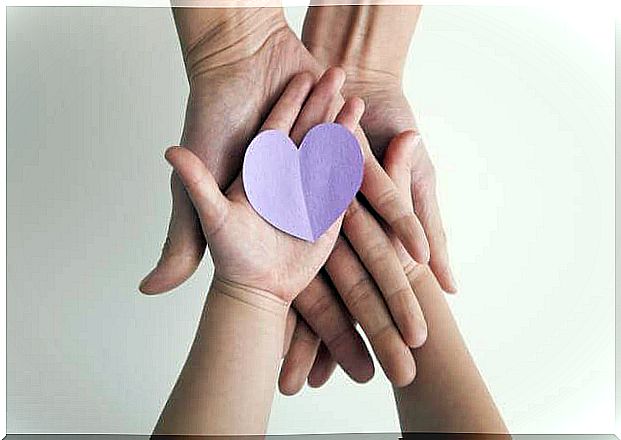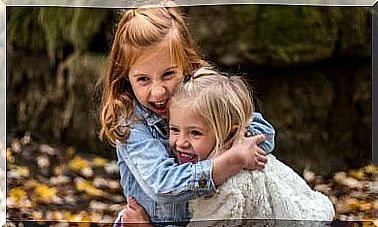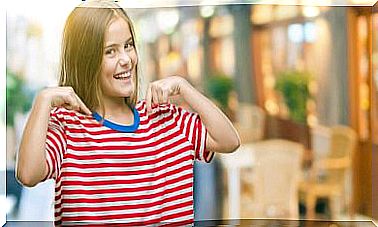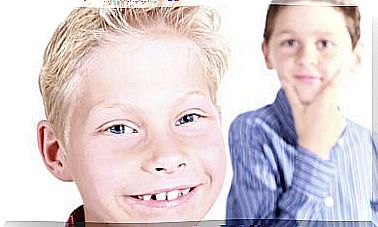Secondary Emotions And Their Manifestation In Children
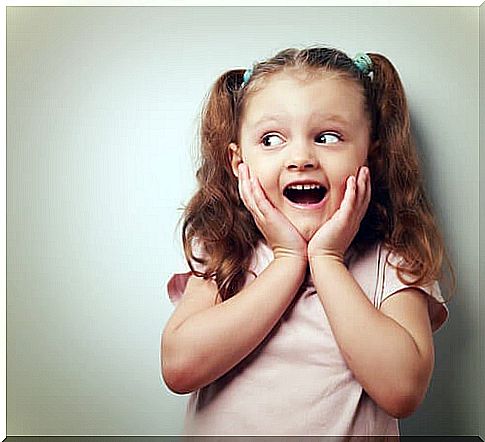
Emotions can be classified into two types: primary and secondary. The first are those with which we respond to stimuli from our environment or from the beings that participate in it. For example, if someone insults or hits us, we will feel anger. Secondary emotions, meanwhile, are not innate and are acquired as we grow.
According to the classification developed by psychologist Paul Ekman, the primary emotions are: joy, sadness, anger, fear, disgust and surprise. An essential characteristic of these types of emotions is that they are universal and are genetically fixed. That is, we have known them since we are born.
To this, William James and Carl Lange added the idea that emotions depend on two factors: the physical changes that occur in our body when faced with a stimulus and the subsequent interpretation that we make of them.
On this theory, Stanley Schacter and Jerome Singer built theirs, which states that, in addition, our thoughts can also trigger an organic response and the subsequent release of a series of neurotransmitters that will activate a certain emotion.
What are the secondary emotions?
Unlike those previously expressed, secondary emotions are somewhat more complex. According to Ekman, these are those that occur as a result of our growth, interaction with others and the combination of several of the primary emotions.
Also, they are not as easily identified as the most basic ones. This means that we do not always express them through gestures such as a smile or a raised eyebrow, as is the case with joy or anger.
Ekman, in the 1990s, distinguished the following secondary emotions:
- Guilt.
- Embarrassment.
- Contempt.
- Complacency.
- Enthusiasm.
- Pride.
- Pleasure.
- Satisfaction.
- Shame.
A salient characteristic of these secondary emotions is that they are learned, mental and do not fulfill an adaptive biological function.
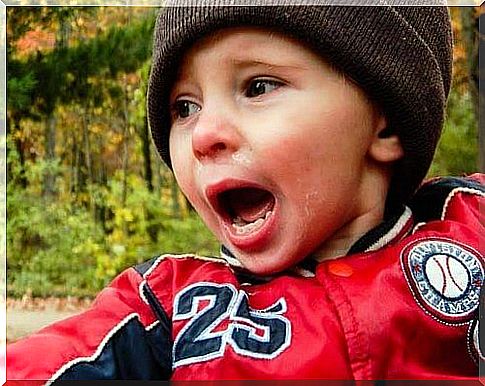
Connection between secondary and primary emotions
An interesting analysis carried out by the Venezuelan psychologist Graciela Baugher maintains that secondary emotions express a problem of the mind that we must eliminate in order not to suffer consequences.
These act as mental extensions of the primary emotions, which in the long run can make us sick. For example, Baugher argues that fear protects us at certain times, but over time it causes anxiety, phobias and panic. The same with sadness, which allows us to start a recovery after a traumatic situation, but if it spreads, it generates depression and self-destructive tendencies.
Finally, details Baugher, something similar happens with joy, which can cause attachment or pleasure; and anger, which can become the source of hatred or resentment.
How do they manifest in children?
The first step for a child to be able to express an emotion, something that is very important in their emotional development, is to learn to identify them.
In this sense, the stimulation of emotional intelligence is a fundamental step in which parents must collaborate. How? Through exercises or practices to help them understand their emotions, such as games, drawings or even mobile applications.
Ekman’s work was based on the study of facial expressions. This is the first way by which we can detect one of the secondary emotions raised in a child.
Once a certain emotion is perceived in the child, or if we suspect the presence of any of them, it is highly recommended that we invite him to talk about it. The word, both for children and adults, is one of the best ways to express emotions.
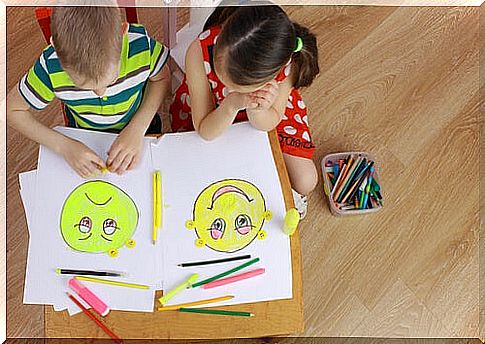
In fact, not doing so may be more dangerous than you think. Suppressing emotions can lead to emotional and mental weakness, low self-esteem, lack of empathy and authenticity, and behavioral problems.
Emotions and misbehavior
Misbehavior, precisely, is another way of expressing secondary emotions in children. Why? Because while a child’s misbehavior may be genetically determined by his innate character, it is also a direct consequence of the education he received, including emotionally.
A child who keeps negative feelings to himself or, worse still, one who tries to express them but does not find the support and attention he deserves, will end up having feelings of resentment and negativity.
It is clear, then, that parents play a very important role in the detection of their children’s emotions, their understanding and the subsequent elaboration of responses to them.
